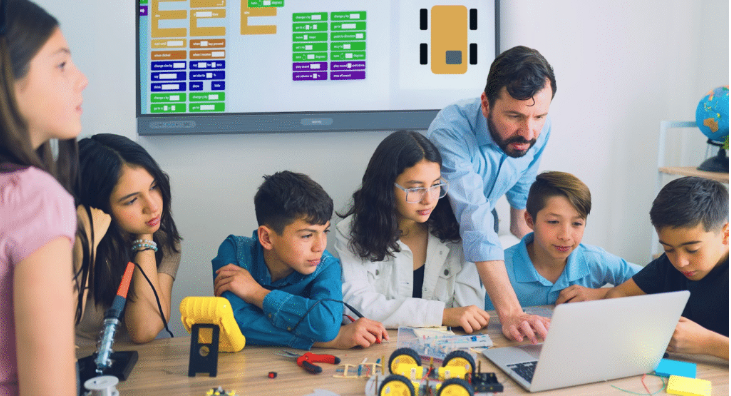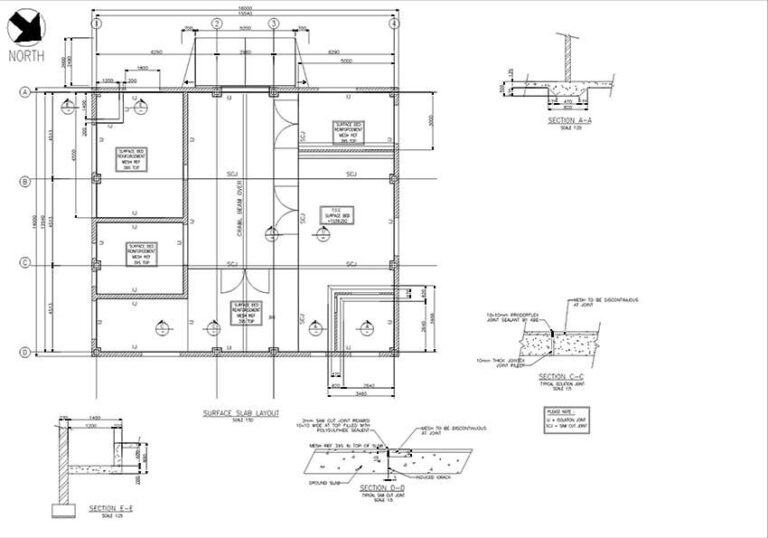Are Smart Classes Good? Advantages, Challenges, and Future of Digital Learning.
The world of education has changed more in the last two decades than in the previous century.
Chalk and blackboards, once considered the core of classrooms, are being replaced with digital tools and interactive systems.
Schools and colleges across the globe are adopting smart classes as part of their teaching strategies.
What Are Smart Classes?
A smart class is a modern classroom environment that integrates technology with traditional teaching. Instead of depending solely on lectures and textbooks, teachers use multimedia tools such as projectors, interactive boards, and digital content to explain lessons.
Some of the common features of smart classes include:
- Interactive boards that display lessons with multimedia elements
- Projectors to explain subjects with visual aids
- Computers or tablets for students to access study material
- Online platforms for assignments and resources
- Internet connectivity for access to global information
The idea behind smart classes is to make learning interactive, memorable, and student focused.
Why Smart Classes Have Gained Popularity
The adoption of smart classes is not just a trend but a response to the changing needs of learners. Students today are surrounded by technology in their daily lives. Bringing that same technology into the classroom makes the learning process more natural and relatable.
Educational institutions have recognized that attention spans are shorter in a world full of gadgets and fast communication. Visual and interactive learning is often more effective in keeping students interested compared to long lectures.
Advantages of Smart Classes
1. Improved Engagement
Smart classes rely heavily on visuals, animations, and audio support. This makes it easier to capture the attention of students who may otherwise lose focus in a lecture based setting.
2. Better Understanding of Complex Concepts
Some subjects, such as science and mathematics, involve abstract concepts. Smart classes allow teachers to explain these topics using simulations and diagrams that simplify understanding.
3. Encourages Interactive Learning
Instead of being passive listeners, students become active participants. Quizzes, polls, and live demonstrations create a two way exchange that makes learning more enjoyable.
4. Easy Access to Resources
Students no longer need to depend only on physical books. Digital platforms offer eBooks, recorded lectures, and study materials that can be accessed anytime.
5. Skill Development for the Future
Smart classes prepare students for a future dominated by technology. They become familiar with tools that will likely be part of their professional lives.
Do Smart Classes Work Better Than Traditional Methods?
It is important to understand that smart classes are not designed to completely replace traditional teaching. Instead, they complement it.
Traditional classrooms focus on teacher led learning, discipline, and memorization. Smart classes, on the other hand, emphasize interaction, creativity, and independent learning. A blended model that includes both methods is often the most effective.
For example, a teacher may explain a math problem step by step on a board, then use an animated video in a smart class to reinforce the concept. This dual approach ensures that students who learn better through listening and those who learn better through visuals are both supported.
The Role of Technology in Smart Classes

Technology is the backbone of smart classes. Tools like interactive boards, digital projectors, and online platforms are what make lessons engaging. For instance, the use of devices such as HKMLC Smart Whiteboard allows teachers to create visually appealing lessons that involve active student participation.
When used effectively, such technology not only simplifies teaching but also saves time. Teachers can prepare digital content in advance, present it seamlessly, and track student performance through online tests.
Challenges of Smart Classes
While the benefits of smart classes are clear, there are also challenges that must be addressed.
1. High Cost of Setup
Installing projectors, interactive boards, and maintaining internet facilities can be expensive. Many schools, especially in rural areas, find it difficult to afford this technology.
2. Teacher Training
Not all teachers are comfortable with technology. Without proper training, the effectiveness of smart classes is reduced. Schools must invest in continuous training programs to help teachers adapt.
3. Technical Issues
Power outages, software glitches, or internet failures can interrupt classes. A heavy reliance on technology can sometimes slow down the learning process when systems do not work smoothly.
4. Risk of Distraction
While devices help students learn better, they can also be misused. Without proper monitoring, students may use tablets or laptops for games or unrelated content.
5. Unequal Access
Smart classes can unintentionally widen the gap between privileged and underprivileged students. Not every student has the resources to access digital material outside the classroom.
How Smart Classes Affect Students
The introduction of smart classes has changed the way students approach learning.
- Increased curiosity: Interactive content sparks interest in subjects.
- Confidence boost: Students find it easier to participate in discussions.
- Critical thinking: Smart classes promote problem solving through simulations.
- Global exposure: Online access introduces students to diverse perspectives.
However, students must be guided to balance technology with traditional learning to avoid becoming over reliant on digital tools.
How Smart Classes Affect Teachers
Teachers also benefit from smart classes. They spend less time writing on boards and more time engaging with students. Ready made digital resources save preparation time and give teachers tools to explain topics in innovative ways.
However, teachers may initially struggle with adapting to technology. Older educators in particular may find it challenging. Institutions need to ensure proper support and training to help them adjust.
Smart Classes in Different Educational Levels
In Schools
Smart classes are highly effective in schools where younger students benefit from interactive lessons. Subjects like geography, biology, and history become more interesting with animations and videos.
In Colleges
For older students, smart classes provide access to research material, case studies, and online lectures from global experts. This creates a more enriched academic environment.
The Future of Smart Classes
The future of smart classes lies in even more advanced technology. Artificial intelligence, virtual reality, and augmented reality will soon become common in classrooms. Imagine history students exploring ancient civilizations through VR or medical students practicing surgeries in a virtual lab.
Devices such as the HKMLC Smart Whiteboard will continue to evolve, offering more features that make teaching smoother and learning more exciting. As costs reduce and accessibility increases, smart classes will become standard in both urban and rural institutions.
Are Smart Classes Good? A Balanced Answer
So, are smart classes good? The answer is yes, but with conditions. Smart classes are powerful tools that make learning engaging, practical, and relevant to today’s world. However, their success depends on proper implementation, teacher training, and equal access for all students.
Smart classes should not completely replace traditional teaching but rather complement it. A blended approach that includes both methods ensures the best outcomes for students.
Tips for Making Smart Classes More Effective
- Provide continuous teacher training
- Use technology as a supplement, not a substitute, for books
- Ensure equal access to digital resources for all students
- Keep lessons interactive and focused to reduce distractions
- Regularly update digital content to keep it relevant
Final Thoughts
Smart classes are indeed a revolutionary step in education. They bring life to lessons, improve understanding, and prepare students for a digital future.
However, challenges like cost, accessibility, and training must be overcome for them to reach their full potential.
In the end, smart classes are not just good they are essential when used wisely and in balance with traditional teaching. By adopting a thoughtful approach, schools and colleges can ensure that students reap the maximum benefits of this educational innovation.






